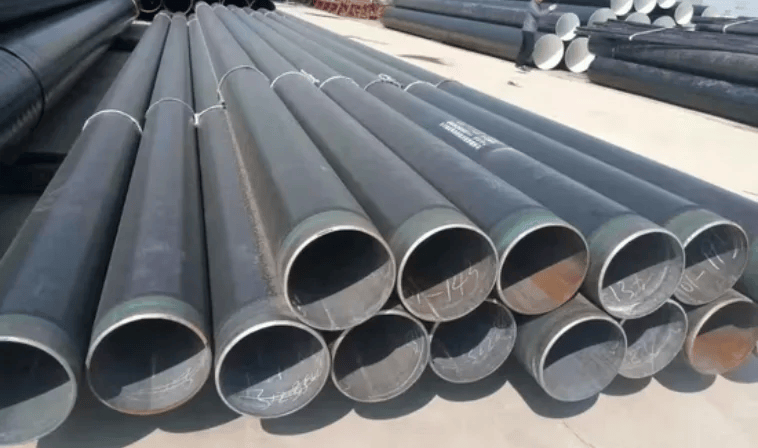The power generation and oil & gas industries are the bedrock of the modern global economy. These sectors operate on a colossal scale, requiring vast and complex infrastructure to function safely and efficiently. At the heart of this infrastructure are extensive piping networks, responsible for transporting everything from crude oil and natural gas to high-volume cooling water. The choice of piping material in these critical applications is not taken lightly; it must be reliable, durable, and economically viable. This is precisely where the ASTM A672 specification comes into play, establishing itself as a go-to standard for a significant portion of these industries’ needs.
While numerous pipe standards exist, ASTM A672 has carved out a dominant niche. Its prevalence isn’t accidental but rather a result of a unique combination of manufacturing methods, material quality, and a highly adaptable specification system that makes it perfectly suited for the specific demands of power and oil applications. To understand its widespread use, one must look beyond the name and delve into the practical advantages it offers engineers and project managers.
The Foundation of Trust: What Makes A672 Different?
At its core, ASTM A672 defines the standards for Electric-Fusion-Welded (EFW) steel pipe designed for moderate-temperature and atmospheric-pressure service. This pipe is fabricated from pressure-vessel-quality (PVQ) plate, a higher grade of steel with superior uniformity and toughness compared to standard structural steel. The EFW process involves rolling this plate into a cylinder and welding the longitudinal seam with a filler metal, creating a strong, homogenous bond. These foundational characteristics are the starting point for its suitability in demanding environments.
The Customization Advantage: The Grade and Class System
One of the most significant reasons for the widespread adoption of ASTM A672 is its highly descriptive grade and class system. This system allows engineers to specify a pipe with a level of precision that is unmatched by many other standards. It’s not a one-size-fits-all solution; it’s a framework for creating the exact pipe required for a specific job, which is invaluable for optimizing both safety and cost.
The grade (e.g., C60, C65, C70) corresponds to the tensile strength of the plate material used, allowing designers to match the pipe’s strength to the operational pressures it will face. The class is a two-digit code that provides even deeper customization. The first digit defines the post-weld heat treatment (such as stress relieving or normalizing), which improves the weld’s ductility and toughness. The second digit specifies the level of non-destructive testing (NDE), from no radiography to 100% radiographic and ultrasonic inspection of the weld seam.
In practice, this means an engineer working on a critical cooling water line in a power plant can specify a pipe with 100% weld inspection (e.g., Class 23), while a less critical application might only require spot radiography (e.g., Class 22), reducing costs without compromising safety for that specific use case. This ability to tailor the pipe’s properties and quality assurance level is a massive advantage in industries where a balance of performance and budget is crucial.
Economic Viability for Large-Scale Projects
Both the power and oil & gas industries require piping in very large diameters—often 24 inches and above. For these sizes, manufacturing seamless pipe becomes prohibitively expensive and technically challenging. The EFW process used for ASTM A672 pipe is significantly more cost-effective at these larger scales. This economic advantage makes it the most practical choice for long-distance transmission pipelines or high-volume water circulation systems in power plants, where thousands of feet of large-diameter pipe are needed. It delivers the required performance and diameter without the astronomical cost of seamless alternatives.
Proven Reliability and Weld Integrity
While sometimes there is a preference for seamless pipes, modern EFW manufacturing and rigorous testing have made ASTM A672 a highly reliable product. The use of high-quality PVQ plate as the starting material provides an inherent level of durability. Furthermore, the ability to specify 100% radiographic and ultrasonic testing under the class system gives project owners complete confidence in the integrity of the weld seam. For moderate-temperature applications where extreme thermal stresses are not a primary concern, a properly specified and tested A672 pipe provides a level of safety and reliability that is more than sufficient, making it a trusted workhorse in the field.
These factors—precise customization, economic scalability, and proven reliability—combine to make ASTM A672 pipe an indispensable component in the power and oil industries. It provides the perfect blend of performance, safety, and value that these large-scale, critical infrastructure projects demand.
For sourcing the best industrial steel products for your specific requirements, you can contact Multi Metals Ind



